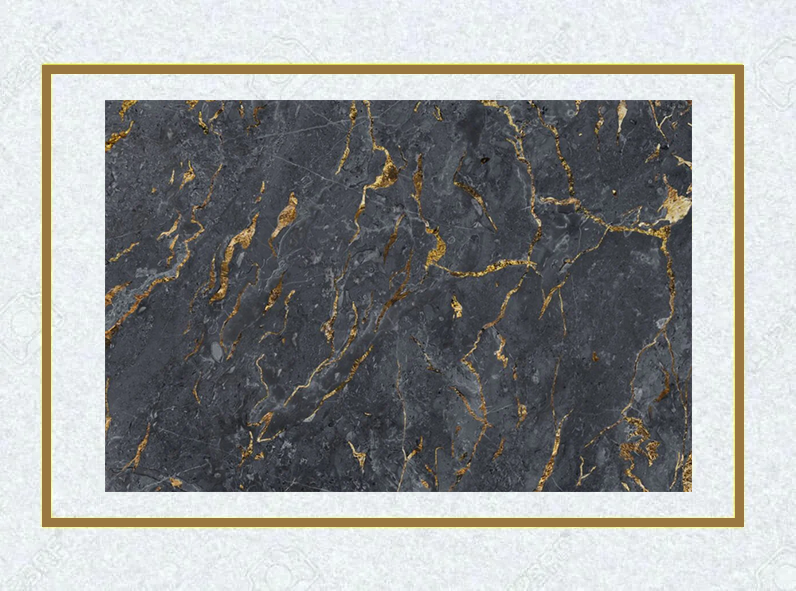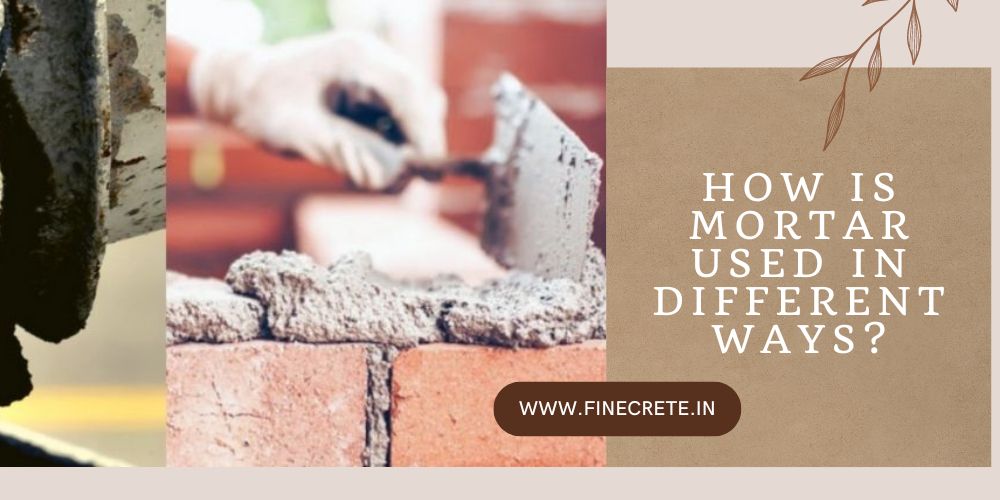A binding substance, aggregate, and water make up the construction material known as mortar. Despite the fact that the terms “mortar,” “cement,” and “concrete” all can be interchangeably used, each substance has very specific uses in the construction industry. Mortar is thought to be weaker than concrete, a building material made of cement, sand, and gravel, in terms of strength. As a result, rather than being used as a complete building material by itself, generally, mortar from mortar manufacturers in Madhya Pradesh is used as a material for binding for particular purposes, such as to join bricks together or for the maintenance of a building’s structure.
What are the Different Applications of Mortar?
Because the mortar is used for so many different things in the construction industry, it has proven to be especially helpful for civil engineering projects. Mortar can be divided into groups according to its binding substance as well as the particular use for which it is being put to use. Among these applications are:
- For laying bricks:
For masonry projects, bricklaying mortar is most frequently used to join bricks, stones, and concrete blocks together. In order to prevent such building materials from supporting an uneven distribution of weight onto one another as the structure is being built, bricklaying mortar can also be used as a bed.
- For plastering and aesthetics:
Finishing mortar from mortar suppliers in Madhya Pradesh is typically used for construction projects that call for plastering as well as those looking to give the building a particular aesthetically pleasing appearance. Finishing mortar is used to increase a structure’s strength and mobility as well as its resistance to harmful environmental events like rain and wind. It frequently uses lime and/or cement as the binding material.
Construction mortar is an ancient building material that allowed huge structures to be built with easy-to-handle, small-sized units or blocks. It can compensate for masonry block size differences to create an aesthetically pleasing and structurally sound building. It is normally long-lasting.
- As an adhesive:
For projects requiring the installation of ceramic or stone, thin-set mortar may be applied like a structure similar to glue.
What are the Various Types of Mortar?
The target binding material and the specific application in construction – must be taken into account when deciding on the best type of mortar for a given project. The primary types of mortar are:
- Hydraulic and fat lime,
- Aerated cement,
- Cement,
- Gypsum,
- Gauged,
- Surkhi and
- Mud mortar.
Each type is named based on the binding substance used. No matter what kind of mortar is used, it is usually prepared by mixing water with the fine aggregate and binding substance to produce a paste that is malleable. Each variety of mortar has unique qualities that make them useful for particular projects. For instance, hydraulic lime water is particularly suited for damp, waterlogged areas, whereas cement mortar is associated with a higher level of resistivity and strength against water. It is necessary to have an idea about the various kinds of mortar that are used in construction.






